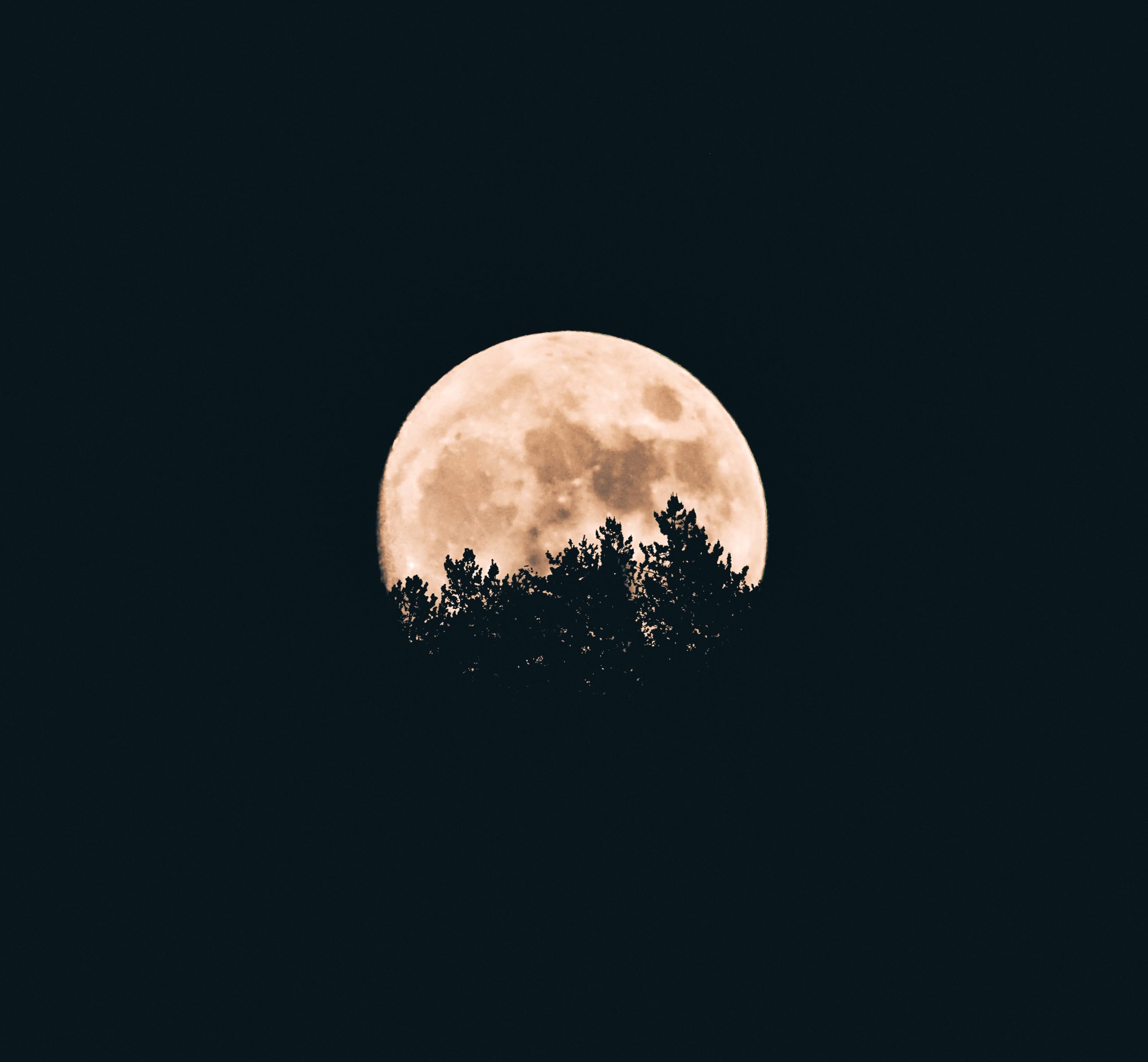What Makes the Moon Wax and Wane: Exploring the Lunar Phases
From the awe-inspiring full moon illuminating the night sky to the mystical crescent moon casting a faint glow, the changing phases of the moon have captivated human curiosity since time immemorial. The waxing and waning of the moon, the transition from darkness to light and vice versa, is a mesmerizing phenomenon that occurs over the course of a lunar month. In this blog post, we will unravel the mysteries behind this celestial spectacle and understand the science that governs the moon’s transformation.
Understanding the Lunar Phases
The lunar phases refer to the different shapes of the moon as observed from Earth. These phases are determined based on the relative positions of the moon, Earth, and the sun. As the moon orbits around Earth, different parts of its surface are illuminated by sunlight, leading to the appearance of distinct lunar phases.
The complete lunar cycle, known as a synodic month, spans approximately 29.5 days. During this time, the moon transitions through eight primary phases:
- New Moon
- Waxing Crescent
- First Quarter
- Waxing Gibbous
- Full Moon
- Waning Gibbous
- Last Quarter
- Waning Crescent
To comprehend why the moon waxes and wanes, let’s explore the two fundamental concepts: the moon’s motion and its interaction with sunlight.
The Moon’s Orbit and Rotation
The moon revolves around Earth in an elliptical orbit, completing a full revolution approximately every 27.3 days. During this orbit, the moon also rotates on its axis, taking roughly the same amount of time. Interestingly, the moon’s rotational and orbital periods are synchronized, causing the same side of the moon to always face Earth, a phenomenon known as tidal locking.
The tidal locking of the moon results in only one half of its surface being visible from Earth. This visible portion goes through a series of phases as it interacts with sunlight, leading to the waxing and waning we observe.
The Role of Sunlight: Illuminating the Moon’s Phases
As sunlight travels through space, it reaches the moon and creates a range of illuminations, unveiling unique lunar phases. Understanding the relative positions of the moon, Earth, and the sun is essential to grasp these phases:
| Phase | Moon’s Position | Visibility |
|---|---|---|
| New Moon | Moon is between Earth and the sun | Not visible from Earth |
| Waxing Crescent | Moon is slightly ahead of Earth in its orbit | Visible as a crescent shape, but still mostly dark |
| First Quarter | Moon is at a right angle to the line between Earth and the sun | Half of the moon is visible, resembling a half-moon shape |
| Waxing Gibbous | Moon is ahead of Earth, but not yet fully opposite the sun | A larger part of the moon is lit up, leading to a convex shape |
| Full Moon | Moon is directly opposite the sun | Fully illuminated and visible in its complete circular form |
| Waning Gibbous | Moon is behind Earth, but not yet at a right angle to the sun | The illuminated portion starts decreasing, resulting in a shrinking convex shape |
| Last Quarter | Moon is at a right angle to the line between Earth and the sun | Half of the moon is visible, resembling a half-moon shape (opposite to the first quarter) |
| Waning Crescent | Moon is slightly behind Earth | Visible as a crescent shape, but now with decreasing illumination |
Gravitational Interplay and Tidal Effects
The gravitational interplay between the moon, Earth, and the sun is crucial in understanding the moon’s waxing and waning phases. Although the moon doesn’t generate its own light, it acts as a mirror, reflecting sunlight towards Earth. As the positions of the moon and sun change relative to Earth, the illumination on the moon also changes, leading to distinct lunar phases.
During the new moon phase, the moon is located directly between Earth and the sun. In this configuration, sunlight falls entirely on the side of the moon that faces away from Earth. As a result, the moon’s illuminated hemisphere is hidden from our view, making it appear as a dark silhouette.
As the moon slowly moves in its orbit, it enters the waxing crescent phase, where a crescent-shaped sliver begins to appear. This occurs as a small portion of the moon becomes visible, gradually increasing its illumination. The first quarter phase follows, with half of the moon being illuminated and visible from Earth.
Continuing its orbit, the moon enters the waxing gibbous phase, revealing a convex shape with increasing illumination. Eventually, the moon reaches the full moon phase, where it is positioned directly opposite the sun from our perspective. In this alignment, the entire illuminated hemisphere faces us, causing the moon to appear as a brilliant, circular disc.
After the full moon, the moon starts waning, entering the waning gibbous phase. The illuminated portion begins to shrink, eventually transitioning to the last quarter phase, with only half of the moon visible. Finally, the moon enters the waning crescent phase, gradually fading into darkness once again before the cycle restarts with the new moon.
Conclusion
The moon’s waxing and waning phases, an enchanting dance between light and shadow, are a fascinating consequence of the moon’s orbital motion and its interaction with sunlight. As the moon traverses its elliptical orbit around Earth, it goes through the eight distinct phases. These phases, bringing to light different fractions of the moon’s surface, captivate us with their beauty and serve as a reminder of the intricate celestial mechanisms that surround us.
So, the next time you gaze at the night sky and marvel at the moon’s changing appearance, take a moment to appreciate the scientific marvels that underpin this celestial phenomenon.
Table of Contents
